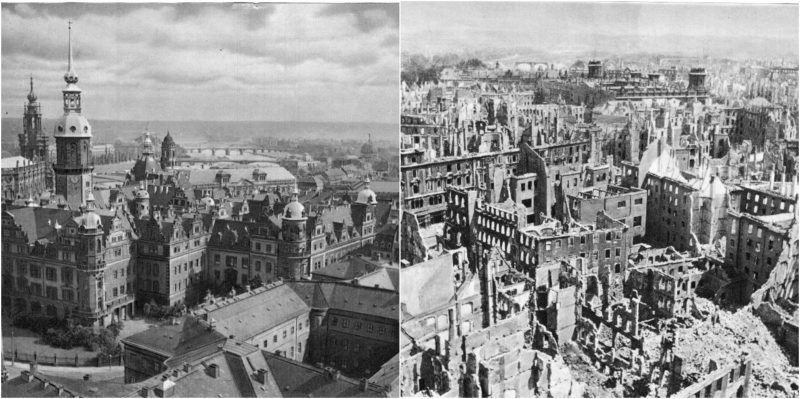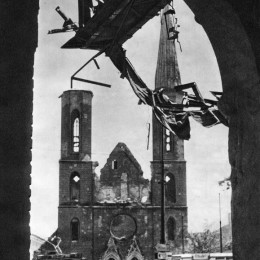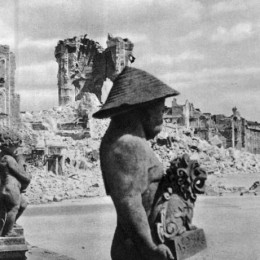The bombing of Dresden was a British/American aerial bombing attack on the city of Dresden, the capital of the German state of Saxony, that took place during the Second World War in the European Theatre. Germany would be forced to surrender three months later. In four raids between 13th and 15th February 1945, 722 heavy bombers of the British Royal Air Force (RAF) and 527 of the United States Army Air Forces (USAAF) dropped more than 3,900 tons of high-explosive bombs and incendiary devices on the city.The bombing and the resulting firestorm destroyed over 1,600 acres (6.5 km2) of the city centre. An estimated 22,700 to 25,000 people were killed. Three more USAAF air raids followed, two occurring on 2nd March aimed at the city’s railroad marshaling yard and one small raid on 17th April aimed at industrial areas.
Immediate German propaganda claims following the attacks and post-war discussions on whether the attacks were justified have led to the bombing becoming one of the major causes célèbres of the war.
Below you can see the before and after pictures.
The View Of Dresden, known as (Florence of the North)
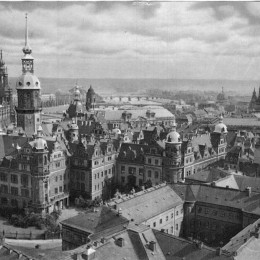
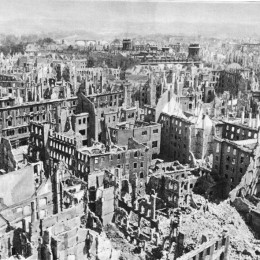
Altmarkt
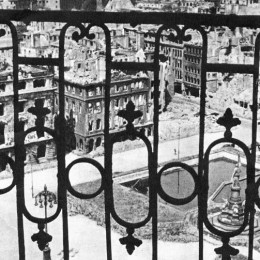
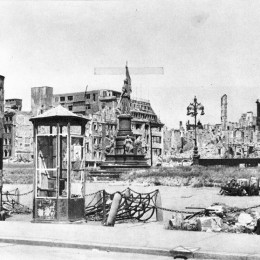
Church of our Lady (Dresden Frauenkirche)
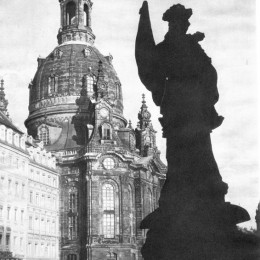
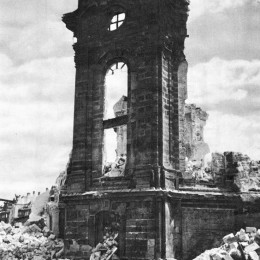
Building in Dresden
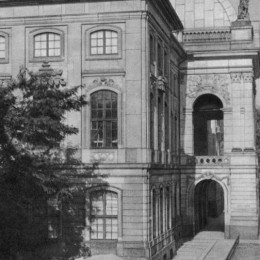
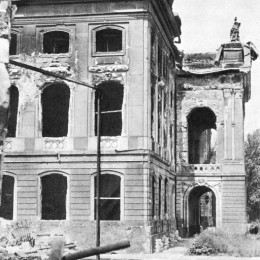
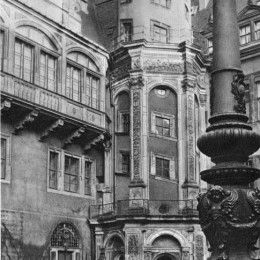
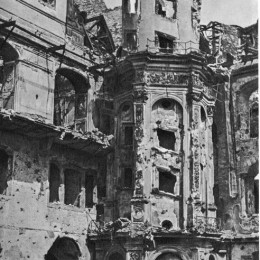
Meissen chime at the Zwinger
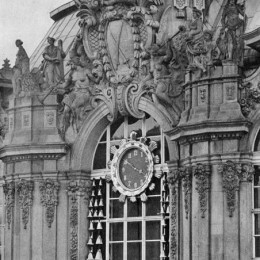
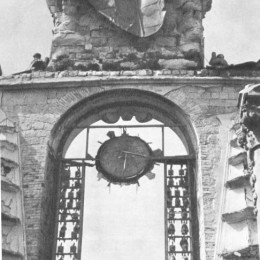
Sophie-Church
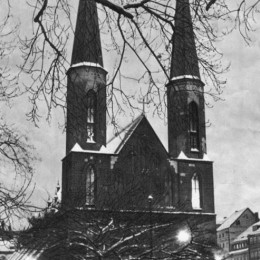
Stallhof
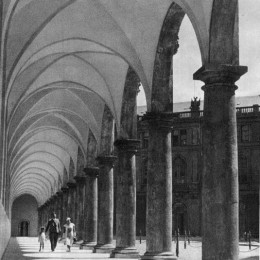
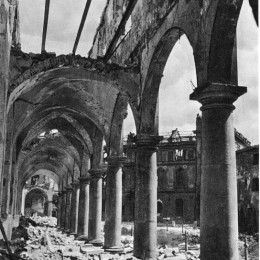
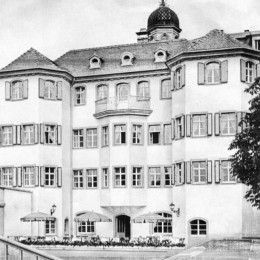
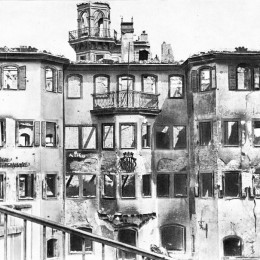
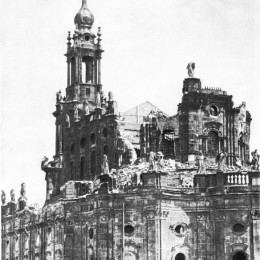
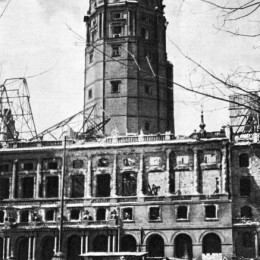
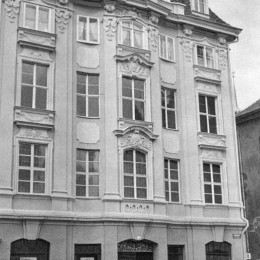
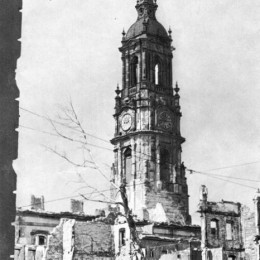
According to the official German report Tagesbefehl (Order of the Day) no. 47 (“TB47”) issued on 22 March the number of dead recovered by that date was 20,204, including 6,865 who were cremated on the Altmarkt square, and they expected that the total number of deaths would be about 25,000. Another report on 3rd April put the number of corpses recovered at 22,096.Three municipal and 17 rural cemeteries outside Dresden recorded up to 30th April 1945 a total of at least 21,895 buried bodies of the Dresden raids, including those cremated on the Altmarkt.
Between 100,000 and 200,000 refugees fleeing westwards from advancing Soviet forces were in the city at the time of the bombing. Exact figures are unknown, but reliable estimates were calculated based on train arrivals, foot traffic, and the extent to which emergency accommodation had to be organised.The city authorities did not distinguish between residents and refugees when establishing casualty numbers and “took great pains to count all the dead, identified and unidentified”. This was largely achievable because most of the dead succumbed to suffocation; in only four places were recovered remains so badly burned that it proved impossible to ascertain the number of victims. The uncertainty introduced by this is thought to amount to a total of no more than 100. 35,000 people were registered with the authorities as missing after the raids, around 10,000 of whom were later found alive.
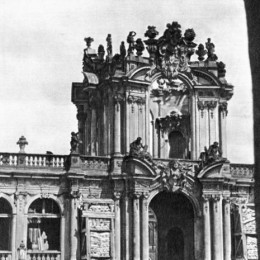
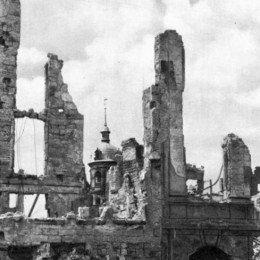
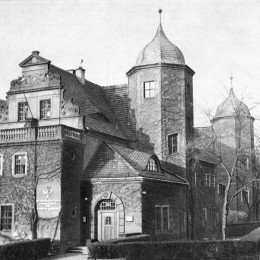
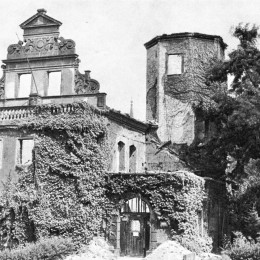
A further 1,858 bodies were discovered during the reconstruction of Dresden between the end of the war and 1966. Since 1989, despite extensive excavation for new buildings, no war-related bodies have been found. Seeking to establish a definitive casualty figure, in part to address the propagandisation of the bombing by far-right groups, the Dresden city council in 2005 authorized an independent Historian’s Commission (Historikerkommission) to conduct a new, thorough investigation, collecting and evaluating available sources. The results were published 2010 and stated that a minimum of 22,700 and a maximum of 25,000 people were killed.
all photos by:Alien8
